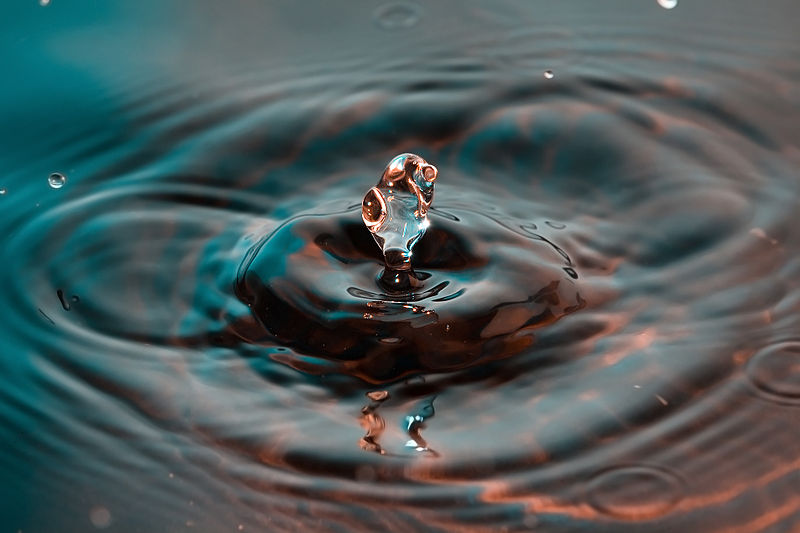Responsible and sustainable water usage has become more important than ever. Water, being a vital resource for life, is becoming scarce in many parts of the world. Considering the gravity of the situation, it is important for all of us to make an effort to adjust our daily routines and embrace environmentally friendly practices.
Adopting a water-conscious lifestyle doesn’t have to be difficult or time-consuming; instead, small, gradual changes can have a significant overall impact. Let’s explore five easy-to-implement strategies to promote awareness and conservation in your household’s water usage.
Practice smart and efficient appliance use
Our homes are equipped with a variety of appliances that make our lives more convenient and comfortable. However, these conveniences often come at a significant water cost. For example, dishwashers and washing machines can consume a substantial amount of water, even when not fully loaded.
To conserve water, make sure you only use these appliances when they are at maximum capacity. By doing so, you optimize the water used for each item and boost the eco-friendliness of your home. Consider also purchasing water-saving gadgets labeled with the Energy Star badge.
Although they may initially be more expensive, the water they save will eventually offset the cost. By using such devices in your house, you can conserve water while spending less on utilities overall.

Embrace low-flow fixtures
We now have access to a wide range of water-saving fixtures designed to use less water without compromising comfort or functionality. Low-flow showerheads, faucets, and toilets are excellent solutions to combat excessive water use and are increasingly becoming the norm in environmentally conscious households.
These fixtures work by reducing water consumption while still providing a satisfactory user experience. They often incorporate innovative techniques like aeration, which combines air and water, or pulsing flows that create the sensation of strong water pressure while using significantly less water overall.
By incorporating low-flow fixtures, you can enjoy showers and other water-intensive activities while actively contributing to water conservation through innovative technology.
Detect and repair leaks
Sneaky leaks in your plumbing system can gradually drain both your wallet and the water supply without you even realizing it. Every water-saving initiative should include regular leak detection and prompt pipe maintenance.
Be on the lookout for signs of leaks, such as unexpected increases in your water bill, damp spots on walls or floors, or a decrease in water pressure. Over time, even a tiny trickle can result in significant water waste. Make it a habit to routinely inspect for leaks, especially in concealed spaces, and promptly fix them.
Remember that timely repairs not only prevent potential structural damage to your home but also save water. Even significant issues like clogged or burst pipes can be resolved with a minimal headache if you act quickly and enlist the assistance of experts.

Be mindful during garden work
Maintaining a beautiful garden brings joy and relaxation, but it also consumes a substantial amount of water. When watering your garden throughout the day ( in hot weather, especially), a significant amount of the water evaporates before reaching your plants.
To reduce water usage, shift your watering schedule to the morning or evening when it’s cooler. Another great gardening option is to use localized watering methods like soaker hoses or drip irrigation.
These methods ensure that water is delivered directly to the plant roots, which minimizes waste and maximizes overall effectiveness. These modifications also result in healthier, better-nourished plants while conserving water.
Reuse and recycle water
You don’t need to flush away all the water used in your home. Graywater, which refers to used water from showers, baths, washing machines, or sinks, can be recycled for various purposes such as toilet flushing, garden watering, or car washing.
By reusing graywater, the amount of wastewater entering sewers or treatment facilities decreases. Another fantastic technique is rainwater collection. Collecting and storing rainwater reduces the demand for treated municipal water, providing a natural and reusable water source for your plants and garden.
In conclusion, water conservation is not an overwhelming or monumental task; it is a series of small, intentional choices we can make every day. Each step we take in this direction contributes to a greener and more sustainable world.
As we develop these habits, we set an example for future generations, teaching them the value of water and the importance of its preservation. We all have a responsibility to conserve water, and as we rise to the occasion, we create a more resilient and sustainable environment for everyone.



